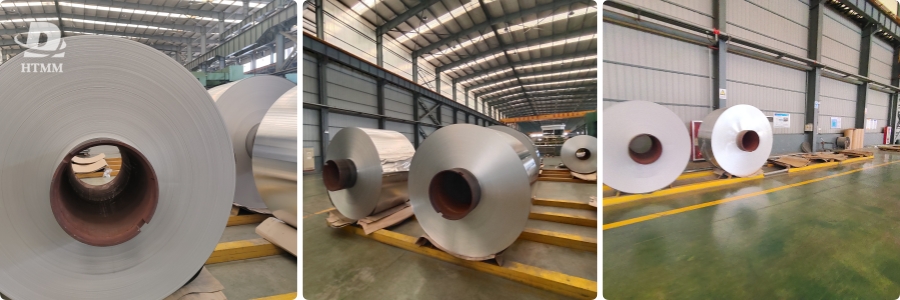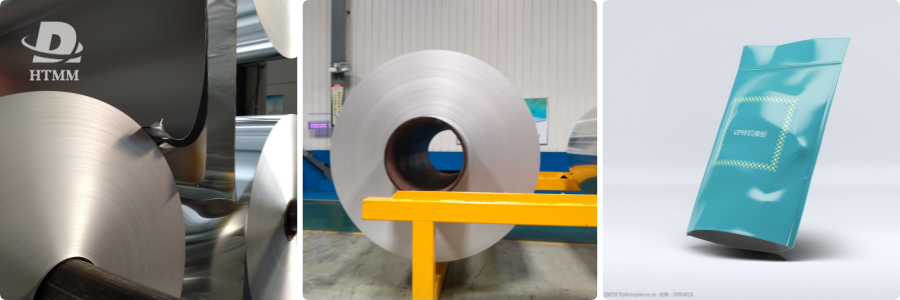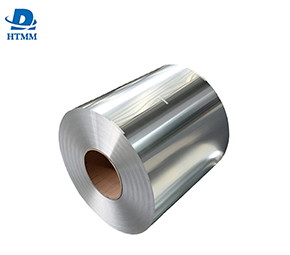
Barrier Properties and Product Shelf Life
One of the primary roles of Flexible packaging aluminum foil is to serve as an effective moisture, gas, and light barrier. The barrier properties directly impact how long a packaged product will maintain freshness and prevent spoilage. Generally, increasing foil thickness provides enhanced barrier performance.
For applications where extended shelf life is critical, such as packaged meats, cheeses or bakery items, a thicker 9-micron foil is often specified. The extra layer of aluminum helps block more moisture, oxygen, and sunlight, allowing products to stay fresher for longer in the package.
On the other hand, when only moderate barrier properties are needed, like for snack foods or dried goods with a typical shelf life of a few months, a lighter 6.5-7 micron foil may suffice. Using the minimum foil thickness that meets requirements is optimal from a cost perspective.
Structural Integrity and Package Strength
In addition to barrier properties, another key role of aluminum foil is to provide structural integrity and strength to flexible packages. 8079 aluminum foil thickness 6-12mic. Heavier gauges, such as 8-9 micron foil, offer enhanced stiffness, durability and puncture resistance.
Thicker foil is generally preferred for stand-up pouches or other types of packages that require stiffness to maintain their shape during production, distribution, retail display and use by consumers. It is also well-suited for products that may exert internal pressure on package panels.
On the flip side, lighter 6.5-7 micron foil allows for packages with glossy graphic appeal but offers less rigidity. 8079 aluminum foil for flexible packaging. It is suitable when only light structural support is needed or package panels require flexibility, such as flow wrap applications.
Machinability and Converting Process
The foil converting process, whether horizontal or vertical form-fill-seal, also influences thickness selection. Heavier gauges can impose constraints on machinery line speeds and efficiency. As a result, equipment capabilities and production volume requirements need evaluating.
For high-speed lines producing millions of packages per day, operating parameters like seal strength, material tension and draw force become more critical. Lighter foils in the 6.5-7 micron range can optimize these performance factors.
On the other hand, when maximizing barrier is the priority rather than throughput, the proven processing capabilities of 8-9 micron foil on existing filling equipment make it a safer choice. Its enhanced stiffness also facilitates smoother conversion.
Printability and Graphics Quality

For packages requiring eye-catching graphics or detailed printing, foil surface structure and thickness can noticeably impact final image quality. Heavier gauges above 8 microns are less prone to print defects like breaking or missing elements that may occur with thinner foils.
When high-resolution printing is vital for branding and differentiation, such as for gift, luxury or premium product packaging, specifiers often insist on the superior print performance of 8-9 micron foil. The glossier surface improves ink adhesion and reproduction of fine details as well.
However, for basic labeling and short-run applications where moderate graphics are sufficient, the cost advantages of lighter 6.5-7 micron foil generally outweigh print quality considerations. Its smoothness still supports detailed printing in many cases.
Cost-Effectiveness and Sustainability
Of course, overall packaging costs including material, converting and disposal expenses are a chief criterion for any thickness choice. Flexible packaging applications. Heavier foils are more expensive per unit area, but may offer better value if enabling longer shelf lives or product upgrades.
The sustainability attributes of different foil thicknesses warrant examination too. While lighter gauges consume slightly less aluminum production energy and have a lower carbon footprint, all foils are highly recyclable at end-of-life compared to plastic films or paperboard.
Selecting the appropriate aluminum foil thickness is a multifaceted decision involving product characteristics, processing requirements, end-use performance needs and cost factors. At HTMM, our application engineers can help specify the ideal 6.5-9 micron gauge to meet your unique packaging objectives. Contact us to discuss foil selection for flexible packaging applications. Making the right choice maximizes the numerous performance and marketing benefits this versatile material provides.





